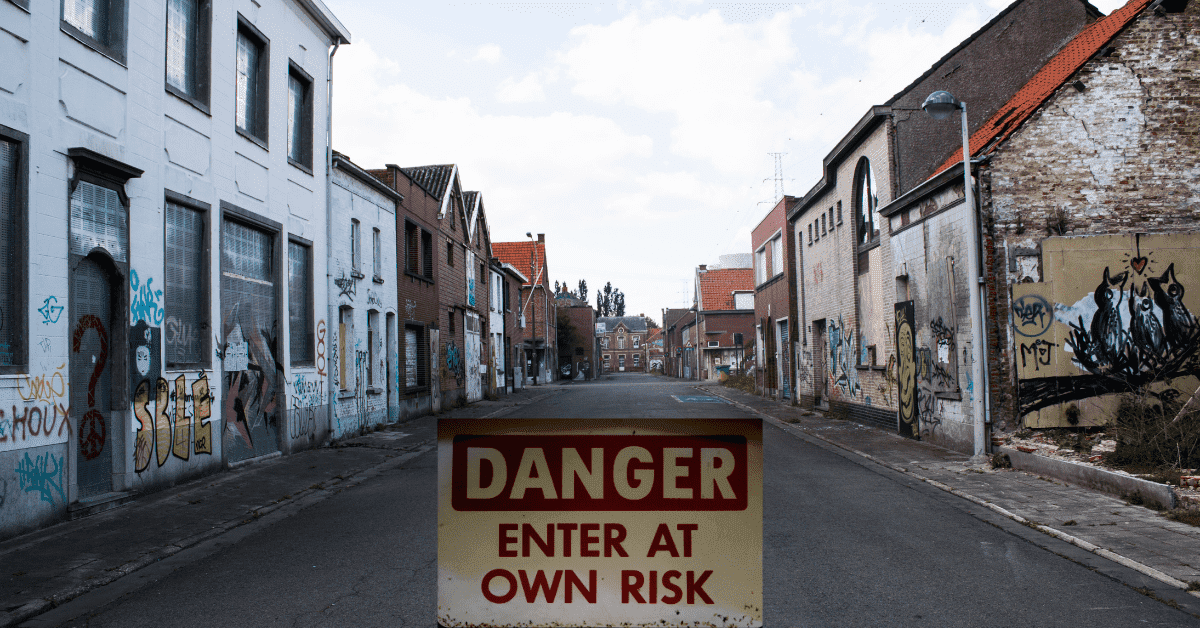quartetoolinda.com – The world is a diverse place, with regions that offer a mix of stunning beauty and significant risks. Some areas are considered dangerous due to factors like political instability, high crime rates, or frequent natural disasters. This article takes a closer look at these risky regions, examining what makes them hazardous and how locals and visitors can navigate these challenges.
Political Instability
- Yemen: The ongoing conflict in Yemen has resulted in a severe humanitarian crisis, with widespread violence and a lack of basic resources. Political instability and armed conflict make it one of the most dangerous places globally.
- Libya: Since the fall of its government, Libya has faced ongoing internal conflict and lawlessness. Armed groups and political factions vie for control, creating a volatile environment.
High Crime Rates
- El Salvador: Known for its high homicide rates, El Salvador struggles with gang violence and organized crime. Efforts to curb violence continue, but the situation remains challenging for residents.
- South Africa: While offering stunning landscapes and rich culture, parts of South Africa experience high crime rates, including violent crimes and theft. Travelers need to exercise caution and remain vigilant.
Natural Disaster Prone Areas
- Indonesia: Located in the Pacific Ring of Fire, Indonesia is highly susceptible to earthquakes, volcanic eruptions, and tsunamis. While it is a popular tourist destination, these natural hazards pose significant risks.
- Bangladesh: Frequent flooding and cyclones threaten Bangladesh, especially in low-lying areas. The country’s vulnerability to climate change exacerbates the potential for natural disasters.
Regions with Health Risks
- Democratic Republic of the Congo (DRC): The DRC faces numerous health challenges, including outbreaks of diseases like Ebola. Limited healthcare infrastructure adds to the difficulties in managing these risks.
- Nigeria: While Nigeria has a vibrant economy and culture, it also faces health threats from diseases such as malaria and cholera, especially in rural areas with limited healthcare access.
Conclusion
Understanding the risks associated with these regions is crucial for anyone considering travel or work in these areas. While the challenges are significant, many organizations and local communities are working to improve conditions and enhance safety. For those who choose to visit or engage with these risky regions, thorough preparation, awareness of local conditions, and adherence to safety guidelines are essential for navigating these complex environments responsibly.
